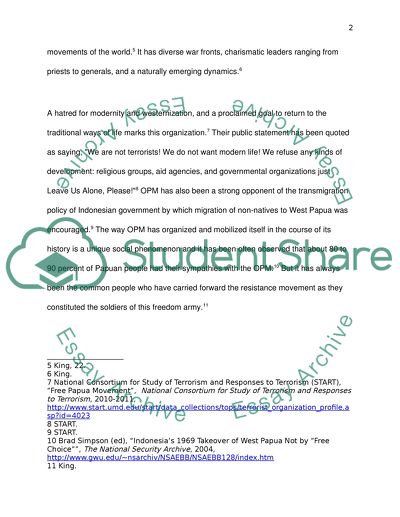Cite this document
(“The Struggle Of The Free Papua Movement Research Paper”, n.d.)
Retrieved de https://studentshare.org/history/1392059-the-struggle-of-the-free-papua-movement-opm
Retrieved de https://studentshare.org/history/1392059-the-struggle-of-the-free-papua-movement-opm
(The Struggle Of The Free Papua Movement Research Paper)
https://studentshare.org/history/1392059-the-struggle-of-the-free-papua-movement-opm.
https://studentshare.org/history/1392059-the-struggle-of-the-free-papua-movement-opm.
“The Struggle Of The Free Papua Movement Research Paper”, n.d. https://studentshare.org/history/1392059-the-struggle-of-the-free-papua-movement-opm.


